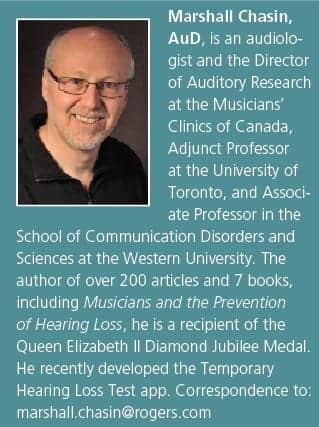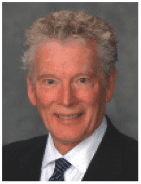Back to Basics | December 2016 Hearing Review
I received a call recently from a colleague, who asked, “Does electronic hearing protection work?” This type of hearing protection is very useful for hunters, those in the military, and musicians. They look and act like hearing aids, and technically (though perhaps not considered hearing aids in some jurisdictions), they are hearing aids.
This type of hearing protection typically uses a fast-acting compressor that ostensibly activates when a high sound level blast is detected, resulting in a decrease in amplification. It is not uncommon to find an electronic hearing protector that provides 10-20 dB of gain for soft level inputs (such as leaves rustling) and 10-20 dB of attenuation for high level inputs. As such, it can be great to hear the subtle sounds of nature while hunting and still be protective.
The manufacturers of this type of electronic hearing protection want to verify the function as part of their quality control process and, typically (depending on the country), use the hearing aid reporting standard ANSI S3.22 (or the equivalent European standard IEC). In this standard, the attack time and release time of the compression circuit are measured by using a 55 dB SPL signal in a hearing aid test box, then shifting to a 90 dB SPL level and back to the 55 dB SPL level. The time it takes to engage the compression circuitry (within 3 dB) when the sound level increases from 55 dB SPL to 90 dB SPL is an estimate of the attack time.
Actually, in the newest versions of ANSI S3.22 (and, the equivalent European and South American) standard, attack times and release times are not required testing parameters and are relegated to the annex. For quality control purposes, this measure is an assessment of the function of the capacitor that controls the compressor. While this was important for analog hearing aids, such a capacitor no longer exists with digital hearing aids, so it is considered a useless measure (at least for quality control purposes).
So, back to my colleague’s question. The concern came from the electronic hearing protector’s specification sheet—the attack time was 5 msec. Based on information from the noise control realm and the effects on our auditory system, we know that damage can occur, especially from blasts, in the microsecond range (a fraction of 1 msec). The concern is that this attack time for the compressor to engage is much too long and that significant impulse sound energy would be amplified by 10-20 dB and allowed to reach the cochlea.
This concern turns out to be a non-issue. It is true that the specification sheet states an attack time of 5 msec (perhaps 10-100 times slower than it should be for impulse noise blasts). This number was derived from the 55-90-55 paradigm inherent in previous versions of ANS S3.22. For hunters, military personnel, and musicians who are subject to percussive sounds (ie, drums), the real situation is more like 55-120-55 or 55-130-55. Gun blasts and the like are much higher than 90 dB SPL.
When a laboratory version of a test box is used with appropriate flexibility to change the 55-90-55 paradigm to 55-120-55, the attack time of the same electronic hearing protection device would indeed be on the microsecond level, and not 5 msec.

This article was adapted from a post that appeared in Dr Chasin’s blog at hearinghealthmatters.org.
Original citation for this article: Chasin M. Back to Basics: Electronic Hearing Protection: Does It Work?. Hearing Review. 2016;23(12):10.
?





